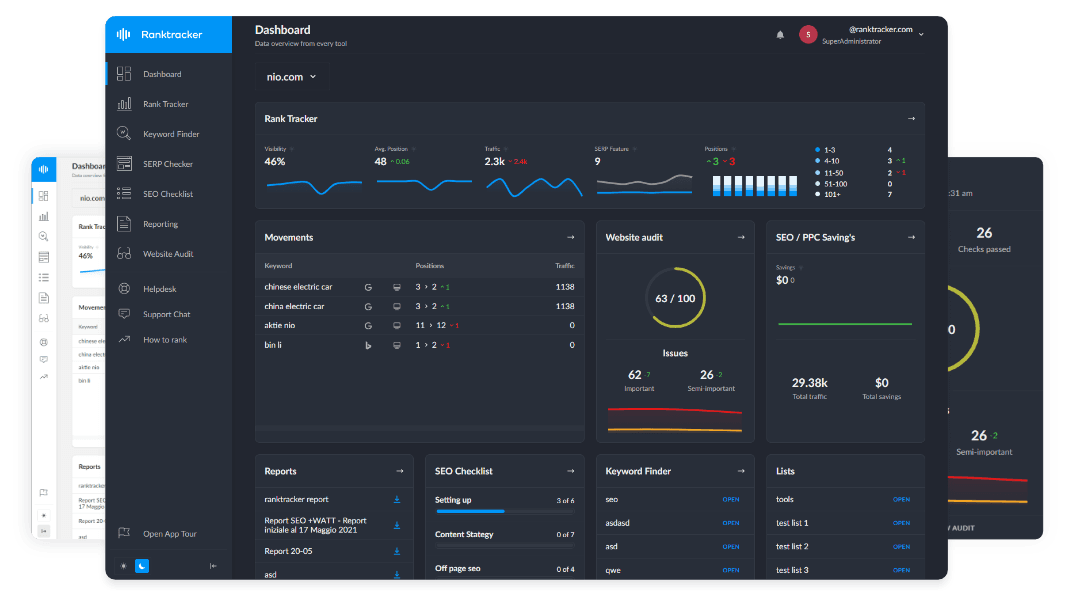Intro
Peru has a rapidly growing digital economy, with more businesses and consumers relying on search engines to find products and services. However, SEO in Peru comes with unique challenges, such as regional search behavior, local competition, and multilingual content for diverse audiences. This guide provides a strategic roadmap to help businesses dominate search rankings in Peru.
1. Understanding the Search Landscape in Peru
Google controls more than 97% of search traffic in Peru, making it the primary focus for SEO. However, alternative search engines like Bing and Yahoo still hold a small share, particularly among older demographics.
Key Factors Affecting SEO in Peru:
- High mobile usage: More than 80% of searches in Peru come from mobile devices.
- Spanish and Quechua content: While Spanish dominates, some users search in Quechua and other indigenous languages.
- Preference for local business searches: Peruvians frequently use Google to find nearby businesses, making Google Maps SEO critical.
- Growing e-commerce sector: Online shopping is rising, and competition is fierce among Peruvian e-commerce brands.
2. Keyword Research for the Peruvian Market
SEO success in Peru requires understanding local search intent and language variations. While many keywords are similar to those in Spain or Latin America, regional preferences can make a difference.
Best Practices for Keyword Research:
- Use Google Keyword Planner and Ranktracker’s Keyword Finder to analyze Peruvian search trends.
- Identify long-tail keywords that reflect local search intent (e.g., "mejor restaurante en Lima barato").
- Consider regional slang and indigenous language searches where applicable.
3. Local SEO in Peru: Optimizing for Regional Searches
Many Peruvian consumers rely on Google Business Profile (GBP) for business information, reviews, and directions. Ranking in local search results requires a strong local SEO strategy.
Optimizing Google Business Profile (GBP):
- Ensure your business name, address, and phone number (NAP) are consistent across all platforms.
- Encourage customer reviews, as word-of-mouth is crucial in Peru.
- Add high-quality images and optimize your business description with local keywords.
Building Local Citations and Business Listings:
- Register your business on Paginas Amarillas Peru, AdondeVivir, Infoguia, and GuíaLocal.
- Use Facebook and WhatsApp Business, as many Peruvian consumers rely on social messaging for business inquiries.
4. Content Optimization for Peruvian Audiences
Creating regionally relevant content is essential for engagement and conversions. Peruvians respond well to content that aligns with local interests, news, and cultural events.
Content Best Practices:
- Write in Peruvian Spanish, using localized phrases and expressions.
- Focus on high-value blog topics, such as travel guides (e.g., "Mejores destinos en Cusco"), business tips, and tech trends.
- Integrate video content, as YouTube is widely used for product research in Peru.
5. Technical SEO Considerations
Website performance and user experience directly impact search rankings. Given varying internet speeds across Peru, especially in rural areas, technical optimization is crucial.
Technical SEO Checklist:
- Optimize for Core Web Vitals to improve page speed and usability.
- Implement AMP (Accelerated Mobile Pages) for faster mobile browsing.
- Use a .pe domain for stronger local relevance.
- Ensure mobile-first indexing to align with Peru’s high mobile usage rates.
6. Link Building & Digital PR in Peru
Acquiring backlinks from Peruvian websites, media outlets, and industry directories strengthens SEO authority.
Effective Link Building Strategies:
- Partner with Peruvian bloggers and influencers for guest posts and collaborations.
- Get featured on local news websites and industry-specific portals.
- Submit press releases to Peruvian media platforms for digital PR exposure.
7. Measuring SEO Success in Peru
Tracking SEO performance ensures your efforts are driving results. Regularly monitor key performance indicators (KPIs) to adjust strategies as needed.
Key Metrics to Track:
- Organic traffic growth via Google Analytics
- Keyword rankings using Ranktracker’s SERP Checker
- User engagement (bounce rate, CTR, time on site)
- Conversions from organic search to measure ROI
Conclusion
SEO in Peru requires a mobile-first, regionally optimized approach that aligns with local search trends, language preferences, and business behaviors. By focusing on local SEO, technical performance, and culturally relevant content, businesses can establish a strong online presence and gain a competitive advantage in the Peruvian market.

